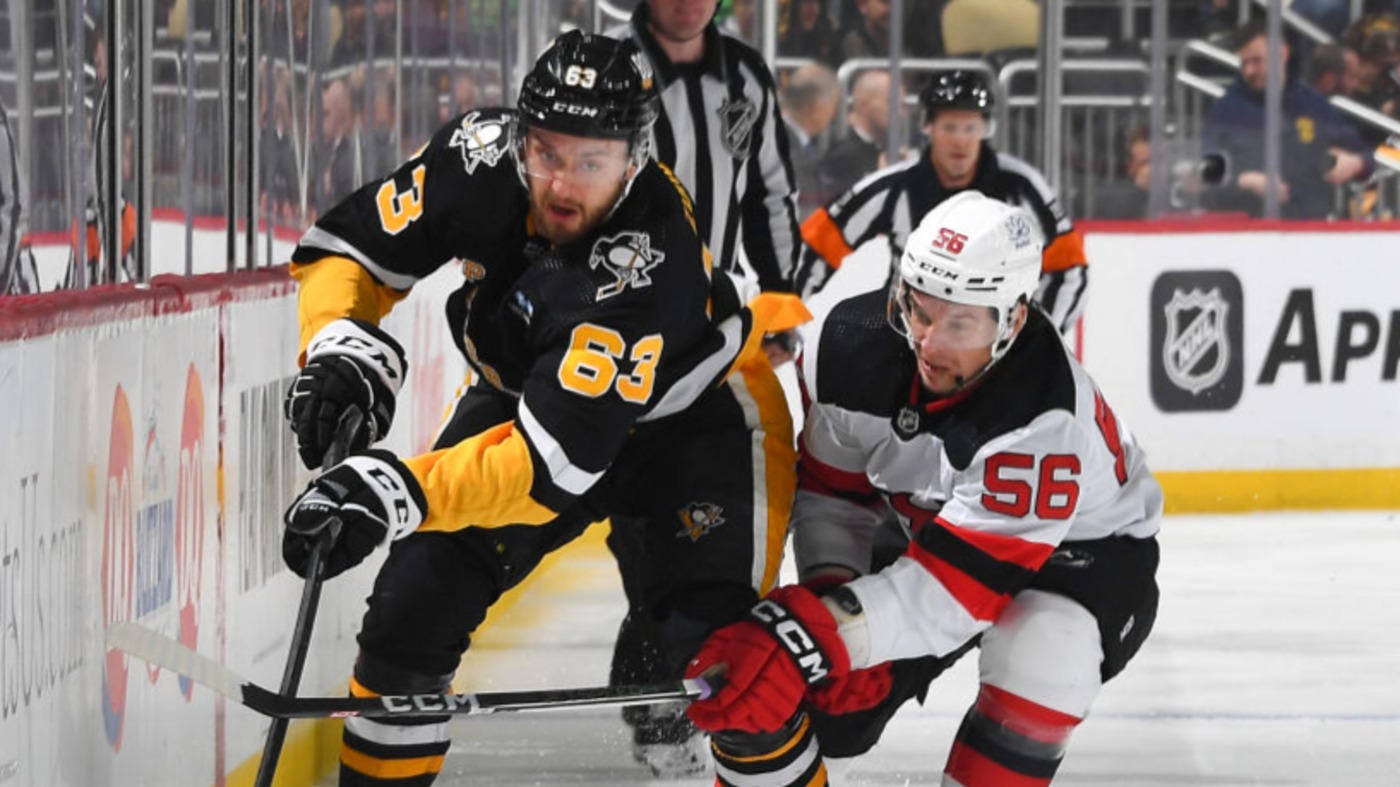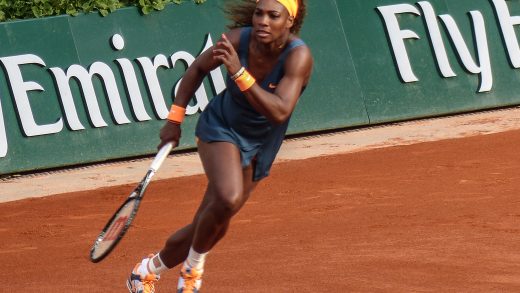
Analyzing the Disappointing Starts of the Devils and Penguins: Strategies for a Comeback and Meeting Preseason Expectations
The start of the NHL season has been a rollercoaster ride for many teams, but two franchises that have particularly struggled to meet preseason expectations are the New Jersey Devils and the Pittsburgh Penguins. Both teams were expected to be strong contenders in their respective divisions, but have stumbled out of the gate. In this article, we will analyze the reasons behind their disappointing starts and discuss potential strategies for a comeback.
The New Jersey Devils entered the season with high hopes after an impressive offseason, which saw them acquire key players like Dougie Hamilton and Tomas Tatar. However, their performance on the ice has not lived up to the hype. One major issue has been their lackluster offense, as they have struggled to find the back of the net consistently. The Devils’ power play has been particularly ineffective, ranking near the bottom of the league. Additionally, their defensive play has been porous, allowing too many goals and leaving their goaltenders exposed.
To turn things around, the Devils need to focus on improving their offensive production. This could involve tweaking their power play strategies, finding ways to generate more high-quality scoring chances, and capitalizing on their opponents’ mistakes. They also need to tighten up defensively and provide better support for their goaltenders. This might mean making adjustments to their defensive systems, improving communication on the ice, and reinforcing their commitment to backchecking and defensive responsibility.
On the other hand, the Pittsburgh Penguins have also had a disappointing start to the season. Despite boasting a star-studded roster led by Sidney Crosby and Evgeni Malkin, they have struggled to find consistency and have been plagued by injuries. Their lack of depth has been exposed, with their bottom-six forwards and defensive pairings struggling to contribute consistently.
To overcome these challenges, the Penguins need to focus on developing their secondary scoring options. While Crosby and Malkin are undoubtedly elite players, they cannot carry the team on their own. The team needs their supporting cast to step up and contribute offensively. This might involve giving more ice time to younger players, making strategic lineup changes, or even exploring potential trades to bolster their depth.
In addition to improving their secondary scoring, the Penguins also need to address their defensive issues. They have allowed too many goals and have struggled to shut down opposing offenses. This could involve tightening up their defensive systems, improving their positioning and communication, and potentially making changes to their defensive pairings.
Both the Devils and the Penguins have talented rosters and experienced coaching staff, so it is not too late for them to turn their seasons around. However, it will require a combination of strategic adjustments, improved execution on the ice, and a renewed focus on meeting preseason expectations.
In conclusion, the disappointing starts of the New Jersey Devils and the Pittsburgh Penguins can be attributed to various factors, including offensive struggles, defensive lapses, lack of depth, and injuries. To mount a comeback and meet preseason expectations, both teams need to address these issues by making strategic adjustments, improving their execution, and relying on their depth players to contribute offensively. It will be interesting to see how these franchises respond to adversity and whether they can turn their seasons around in a highly competitive NHL.

